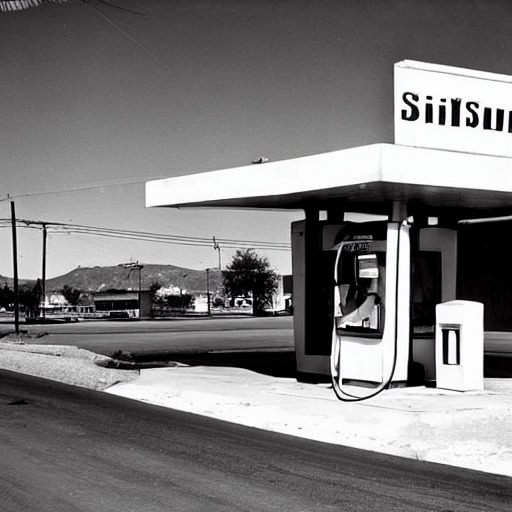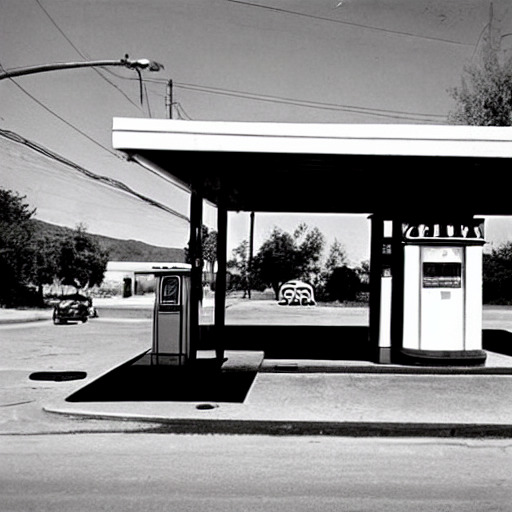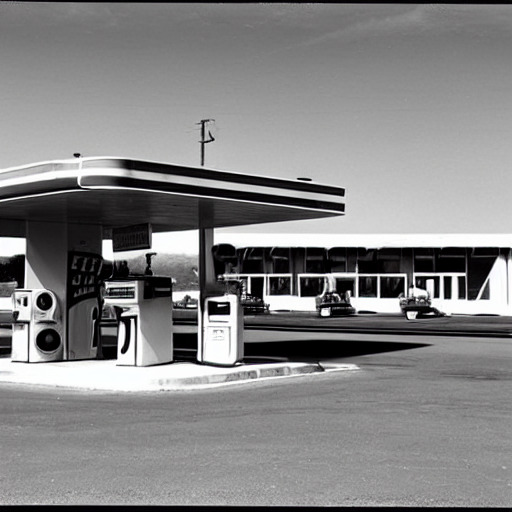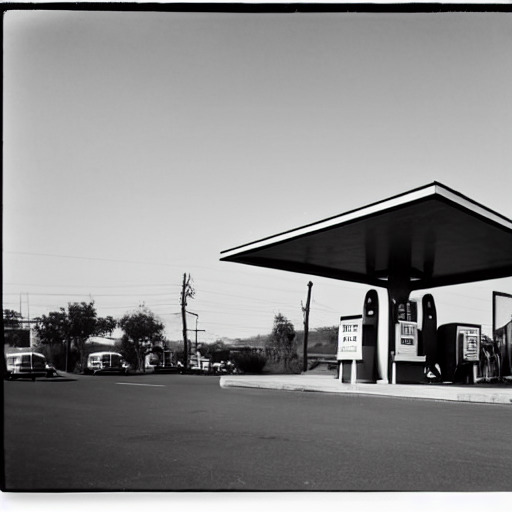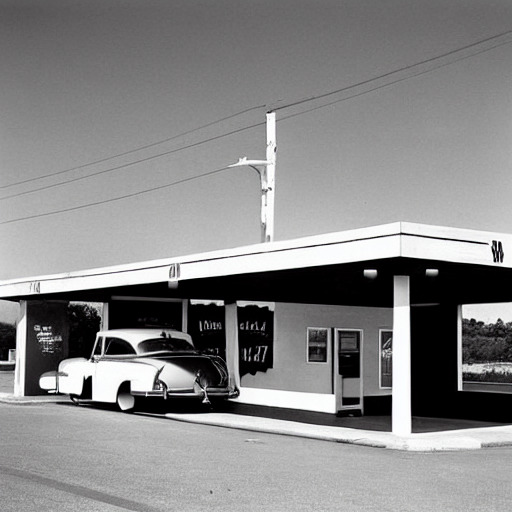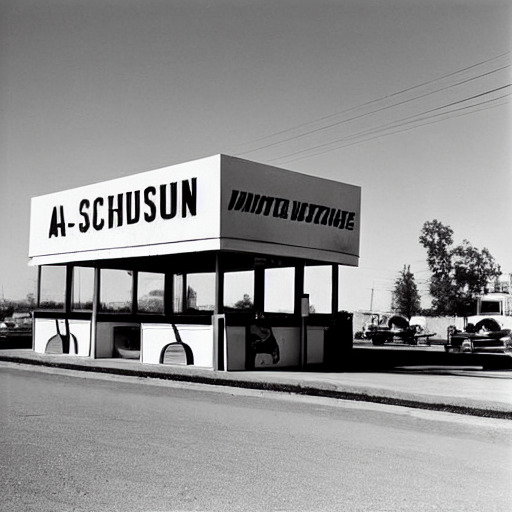#gasoline stations
Text

Ed Ruscha, Self Service, Milan, New Mexico, from the portfolio Gasoline Stations, 1962, 1989
#Ed Ruscha#art#design#photography#black and white#milan#New Mexico#sign#gas station#gasoline stations
43 notes
·
View notes
Text
makerrcat made me watch John Wick, and my hot take about it is that the entire plot of the movie is impossible, not because of the action sequences and cool fight scenes, and not because of the awesome mob hotel run by a dude named Charon, but because it's illegal to pump your own gas in the state of New Jersey, so John never could have had that interaction with Viggo's son at the gas station
#sbs rambles#keanu reeves#john wick#great movie!#can't wait to see more of them#but also I was giggling a lot of the way through it#because of dumb stuff like the gas station thing#it's okay#don't mind me#we can pretend this takes place in an alternate reality NJ#where it's okay to pump your own gasoline#and also there's a cool mob hotel
2K notes
·
View notes
Text
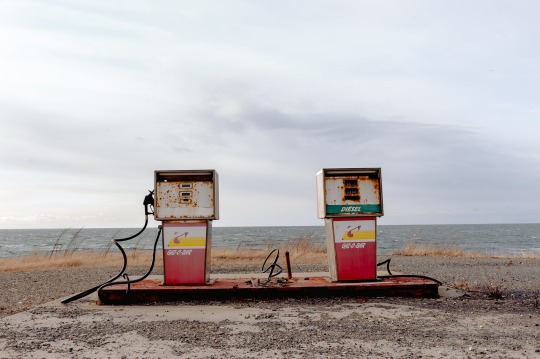
Harrison Haines Photography
#gasoline station#art#photography#abandoned places#abandoned#abandoned house#urbexphotography#urbexsupreme#urbex#zombilenium#decay#sea#surreal#canada#trois-pistoles
605 notes
·
View notes
Text
i need to get weirder. i should start carrying gasoline around in a travel mug with a straw and pretending to take sips from it periodically for literally no reason.
#🐉#this isnt prompted by anything i was just thinking about that image of the person at the gas station spraying gas into a solo cup#while staring directly into the camera and how much i like the smell of gasoline
1K notes
·
View notes
Text
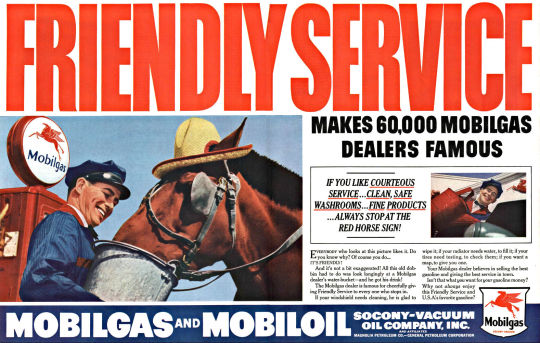
Socony-Vacuum Oil Company Inc, 1938
#Mobilgas#ad#1938#vintage#Mobiloil#advertisement#1930s#friendly service#Mobil gasoline#service stations#red horse#pegasus#advertising#gas pump
56 notes
·
View notes
Text
Gas Station Stream of Consciousness Post
Gas Stations as Liminal Spaces
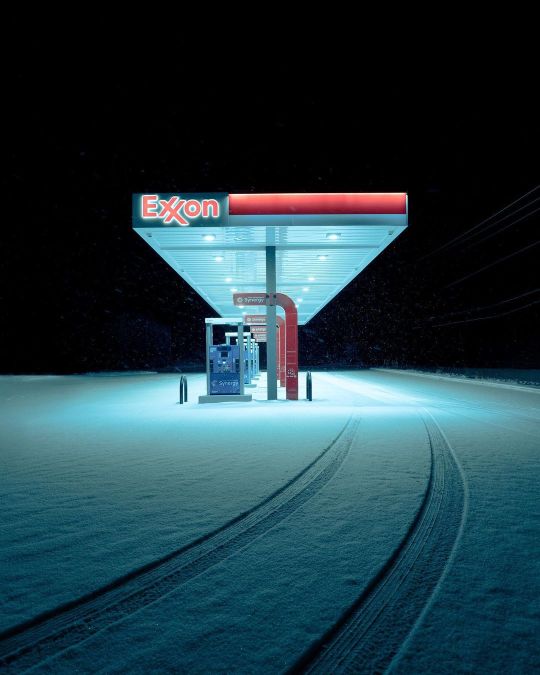
I've had quite a few hyperfixations in my day - ATMs, laundry detergents, credit cards - so my current one pertaining to gas stations is fitting considering my affinity for liminal spaces and the dedication of this blog to them. Liminal spaces are transitory in nature, hence their portrayal in online circles through photos of carpeted hallways, illuminated stairwells, dark roads, and backrooms, among other transitional points.

Gas stations are posted online as well; images of their fuel pumps or neon signage photographed through a rainy car window communicate their liminality and the universal experiences they provide to all of society. Perhaps they are the ultimate specimen of a liminal space. The machines they are created for, automobiles and tractor trailers alike, themselves are tools for motion, vestibules that enable travel and shipment across long distances at high speeds. Cars and roads are liminal spaces, albeit in different formats, and gas stations serve as their lighthouses. Vehicles at filling stations, therefore, are in a sense liminal spaces within liminal spaces within liminal spaces.
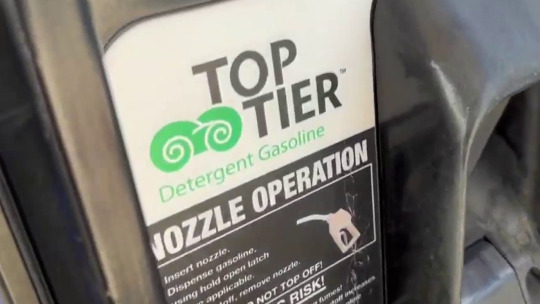
The uniqueness of a gas station as a liminal space, however, is its intersection with the economics and aesthetics of capitalism. Gasoline (and diesel fuel) is a commodity, downstream from crude oil, merely differentiated by octane ratings. Some argue that minute distinctions between agents, detergents, and additives make some brands better than others. Indeed, fuels that are approved by the Top Tier program, sponsored by automakers, have been shown to improve engine cleanliness and performance, but this classification does not prefer specific refiners over others; it is simply a standard. To a consumer, Top Tier fuels are themselves still interchangeable commodities within the wider gasoline commodity market.
The Economics of Gas Stations

The market that gas stations serve is characterized by inelastic demand, with customers who reckon with prices that fluctuate day in and day out. This is not to say that consumer behavior does not change with fuel prices. It has been observed that as prices rise, consumers are more eager to find the cheapest gas, but when prices fall, drivers are less selective with where they pump and are just happy to fill up at a lower price than last week. In response, gas stations lower their prices at a slower rate than when increasing prices, allowing for higher profit margins when wholesale prices fall. This has been dubbed the "rockets and feathers" phenomenon.

When portrayed as liminal spaces, gas stations are most often depicted at night, places of solitude where one may also enter the adjacent convenience store and encounter a fellow individual who isn't asleep, the modern day lightkeeper. The mart that resides at the backcourt of a gas station is known to sell goods at higher prices than a supermarket, simultaneously taking advantage of a captive customer, convenient location, and making up for the inefficiencies of a smaller operation. It may come as no surprise, then, that gas stations barely make any money from fuel sales and earn their bulk through C-store sales. This is a gripe I have with our economic system. Business is gamified, and in many cases the trade of certain goods and services, called loss leaders, is not an independent operation and is subsidized by the success of another division of a business, a strategy inherently more feasible for larger companies that have greater scale to execute it.
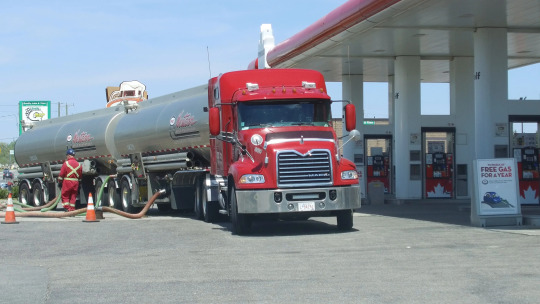
Nevertheless, most gas station owners, whether they have just one or hundreds of sites, find this method fruitful. Even though most gas stations in the US sell one of a handful of national brands, they operate on a branded reseller, or dealer, model, with oil companies themselves generally not taking part in the operations of stations that sell their fuels. The giants do still often have the most leverage and margin in the business, with the ability to set the wholesale price for the distributor, which sells at a markup to the station owner, which in turn will normally make the least profit in the chain when selling to the end customer at the pump. This kind of horizontal integration that involves many parties lacks the synergies and efficiencies of vertical integration that are so applauded by capitalists, but ends up being the most profitable for firms like ExxonMobil, who only extract and refine oil, and on the other end of the chain merely license their recognizable brands to the resellers through purchasing agreements. Furthermore, in recent years, independent dealers have sold their businesses to larger branded resellers, in many cases the ones from whom they had been buying their fuel.
A Word on ExxonMobil's Branding Potential
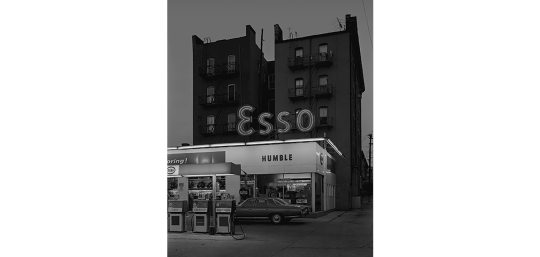
The largest publicly traded oil company in the world is Exxon Mobil Corporation. It is a direct descendent of the Rockefeller monopoly, Standard Oil, which was broken up in 1911 into 34 companies, the largest of which was Jersey Standard, which became Exxon in 1973. This title was generated by a computer as the most appealing replacement name to be used nationwide to unify the Humble, Enco, and Esso brands, decades before AI was spoken of. The latter brand is still used outside of the United States for marketing, arising from the phonetic pronunciation of the initials of Standard Oil. In 1999, Exxon and Mobil merged, and the combined company to this day markets under separate brands. Exxon is more narrowly used, to brand fuel in the United States, while Mobil has remained a motor oil and industrial lubricant brand, as well as a fuel brand in multiple countries.

Mobil originated in 1866 as the Vacuum Oil Company, which first used the current brand name for Mobiloil, and later Mobilgas and Mobilubricant products, with the prefix simply short for "automobile". Over time, Mobil became the corporation's primary identity, with its official name change to Mobil Oil Corporation taking place in 1966. Its updated wordmark with a signature red O was designed by the agency Chermayeff & Geismar, and the company's image for service stations was conceived by architect Eliot Noyes. New gas stations featured distinctive circular canopies over the pumps, and the company's recognizable pegasus logo was prominently on display for motorists.

I take issue with the deyassification of the brand's image over time. As costs were cut and uniformity took over, rectangular canopies were constructed in place of the special ones designed by Noyes that resembled large mushrooms. The pegasus remained a prominent brand icon, but the Mobil wordmark took precedence, which I personally believe to be an error in judgement. This disregard for the pegasus paved the way for its complete erasure in 2016 with the introduction of ExxonMobil's "Synergy" brand for its fuel. The mythical creature is now much smaller and appears only at the top right corner of pumps at Mobil gas stations, if at all.

Even into the 90s and the 21st century the Pegasus had its place in Mobil's marketing. In 1997, the company introduced its Speedpass keytag, which was revolutionary for its time and used RFID technology, akin to mobile payments today, to allow drivers to get gas without entering the store or swiping a card. When a Speedpass would be successfully processed, the pegasus on the gas pump would light up red.

When Exxon and Mobil merged in 1999, the former adopted the payment method too, with Exxon's less iconic tiger in place of the pegasus.

The program was discontinued in 2019 in favor of ExxonMobil's app, which is more secure since it processes payments through the internet rather than at the pump.
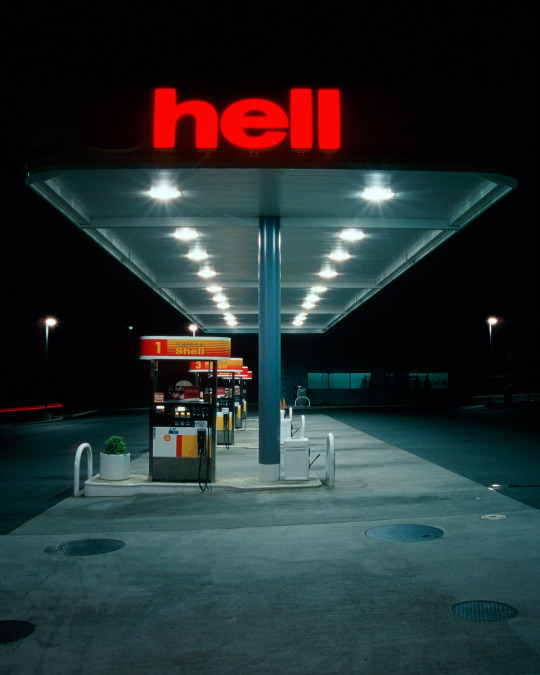
What Shell has done with its brand identity is what Mobil should've done for itself. The European company's logo was designed in 1969 by Raymond Loewy, and is a worth contender for the "And Yet a Trace of the True Self Exists in the False Self" meme. In recent years, Shell went all in on its graphic, while Mobil's pegasus flew away. I choose to believe that the company chose to rebrand its stations in order to prevent the malfunction in the above image from happening.

ExxonMobil should have also discontinued the use of the less storied Exxon brand altogether, and simplifying its consumer-facing identity to just the global Mobil mark. Whatever, neither of the names are actual words. As a bonus, here is a Google map I put together of all 62 gas stations in Springfield, MA. This is my idea of fun. Thanks for reading to the end!
#exxonmobil#exxon#mobil#gas station#gas stations#liminal space#liminal spaces#liminal#liminalcore#liminal aesthetic#justice for pegasus#shell#corporations#capitalism#branding#marketing#standard oil#economics#gas#gasoline#fuel#oil companies
105 notes
·
View notes
Text

ThrowbackThursday to a nighttime gas station - who doesn't love painting gas stations? ⛽ I feel like every painter I know has painted at least one, ha ha! 😂 Thanks for looking, and you can catch the process video here:
youtube
#tbt#throwback#landscape painting#digital landscape#cyberpunk#neon lights#sign#neon#gas station#shell#gasoline#night#nighttime#road#street#cityscape#sunset#mountain#perspective#moody#digital art#visual development#visdev#background painting#background design#background#illlustration#allison perry#allisonperryart#Youtube
24 notes
·
View notes
Photo

"Gas station along Highway U.S. 50. Winchester, Virginia." Photographed 1940 by Arthur Rothstein for the FSA.
242 notes
·
View notes
Text
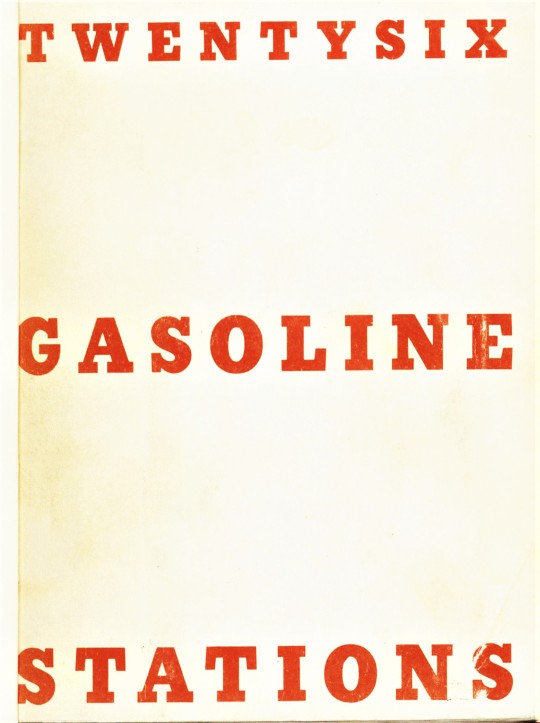


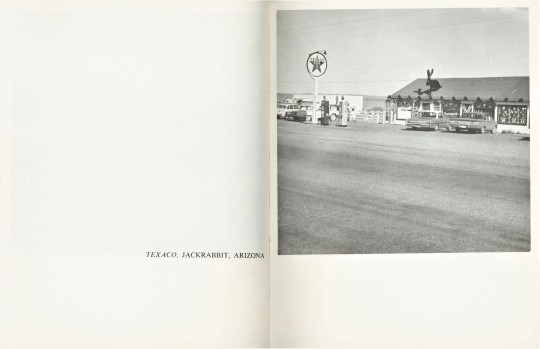
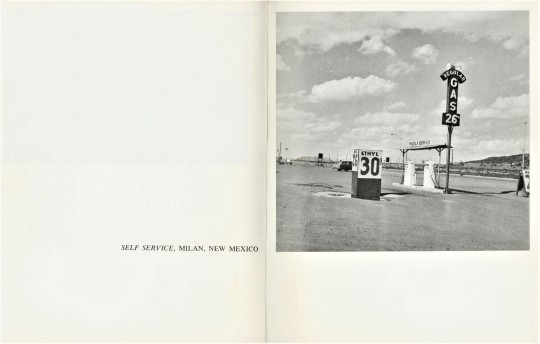

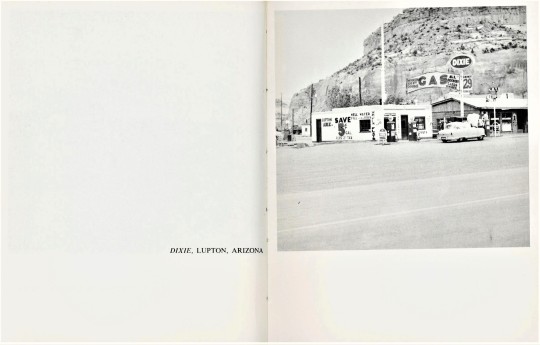



Staff Pick of the Week!
Today’s Staff Pick of the Week explores pop artist Ed Ruscha’s Twentysix Gasoline Stations. Between 1962 and 1978 Ruscha (b. December 16, 1937) created sixteen small artist’s books, Twentysix Gasoline Stations was his first and is widely regarded as the first modern artist book. Inspired by uncomplicated books he saw while visiting Europe, Ruscha set out to compose a neutral “collection of ‘facts’” and began photographing gas stations along Route 66 in the early sixties. In an interview after the book was published Ruscha shared that he’d taken sixty photographs and edited them down to twenty-six by removing any he thought might be too interesting. The book was not well received in the public eye but was a clear and noted inspiration to other artists of the time, including Corita Kent and Andy Warhol.
Twentysix Gasoline Stations is a remarkable collection marking a moment in time that conjures the great American road trip, highway culture, and striking examples of lettering and logos from the sixties. As Ruscha intended it to be an unextraordinary item, it was printed in three editions to supposedly flood the market. Twentysix Gasoline Stations was first published in 1963 in an edition of 400, the Special Collections copy is part of the larger third edition published in 1969 by the Cunningham Press out of California. Our collection also holds most of Ruscha’s other sixteen artist books including the popular Some Los Angeles Apartments, Every Building on the Sunset Strip, and Nine Swimming Pools and a Broken Glass.
-Jenna, Special Collections Graduate Intern
View more Staff Picks here.
#staff pick of the week#ed ruscha#ruscha#twentysix gasoline stations#pop art#route 66#photography#Jenna
42 notes
·
View notes
Text

Breakdown in da kitchen what's he makin
#probably energon because that's all he can eat I guess#do you think the stunticons can eat petrol#none of the other transformers do but the stunticons are earth cars right#so could they just drink straight from a gas station pump??#Decepticons low on rations so they make the stunticons drink gasoline instead#breakdown#transformers#g1#💥 collection#Breakdown's Adventures!
12 notes
·
View notes
Text
31 notes
·
View notes
Text

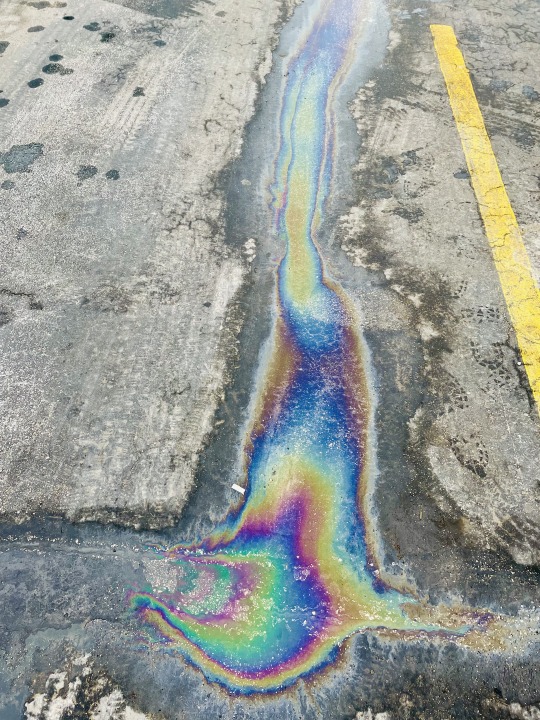
beauty in ugliness // Cleveland, WI
(February 5, 2024)
#jessie lynn mcmains#photography#wisconsin#gas station#barn#gasoline#colors#my photos#it is a sad and beautiful world
10 notes
·
View notes
Text
Real talk though cause here’s the thing. If I ever met Gavin Reed in real life, I would absolutely hate him. Nothing about him would be intriguing to me and I’d avoid him like the plague. Guys like him irl are all pieces of shit not worth knowing. But that’s the thing. he’s a fucking fictional character. so I’m gonna enjoy a fictional character. and if that bothers you I don’t?? care??? lmao.
#He's an annoying piece of shit in the game but then we made him interesting and now he's gasoline to the vehicle that is my writing#thank you very much#Plus he's CHEAP gas like the gas station pays ME to use him in my writing#win fucking win#dbh#dbh gavin#gavin reed#Gavin Reed is gay
32 notes
·
View notes
Text
Out of service. (2014-2015).


#abandoned places#nurbex#fabrizio cerroni#urbex#urbexphotography#gasoline#gas station#beauty in decay#urbex model#urbex nude#forgotten places#lost places#photographers on tumblr#original photographers#out-of-service
13 notes
·
View notes
Text
youtube
from youtube: Gasoline Service Station in Tulsa, OK in early 1960s during promotion for their Boron-branded gasoline. 7320 E. Admiral Place. Visible next door to DX are Mobil gas station and church. This would have been fairly close to the historic Admiral Twin Drive In.
#the outsiders#tulsa#dx gas station#sodapop curtis#steve randle#a friend asked about this and i forgot i had this saved as a link so#they did gasoline and other service fuel stuff#Youtube
10 notes
·
View notes




